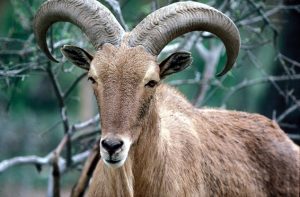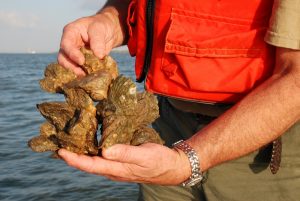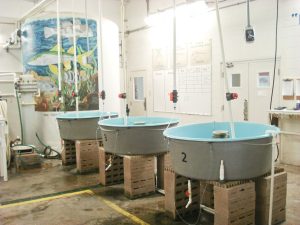Feline City Slickers
Wednesday, August 21st, 2019This is Passport to Texas
According to the US Census Bureau, the Dallas-Ft. Worth metro area leads the nation in population growth. But this growth has fragmented wildlife habitat, and as a result wildlife have become more visible. Now sightings of one particular species has citizens concerned.
There have been some neighborhoods in the DFW area that have seen a lot of bobcats.
Richard Heilbrun is the urban wildlife program leader at Texas Parks and Wildlife.
If you’re in an urban area and you happen to see a bobcat, the most important thing you can do is to stop and enjoy the moment. Keep your distance. Take a photo, but don’t approach it. The bobcat will probably run away.
To answer growing public inquiry, Texas Parks and Wildlife partnered with Utah State University to capture and study urban bobcats.
We caught 12 bobcats in the middle of the metroplex and we radio-collared 10 of them. And we followed them for a year. We found out that bobcats are good at living in the city. They use greenbelts and golf courses, cemeteries, river corridors, and when you stitch all those habitats together they actually form a functioning ecosystem for a wide variety of wildlife.
Understanding urban bobcats is an important first step in achieving a conflict-free coexistence with humans.
The Wildlife Restoration program supports our series and funds bobcat research in Texas.
For Texas Parks and Wildlife…I’m Cecilia Nasti.







 Passport to Texas is a
Passport to Texas is a  Passport to Texas is made available by:
Passport to Texas is made available by: